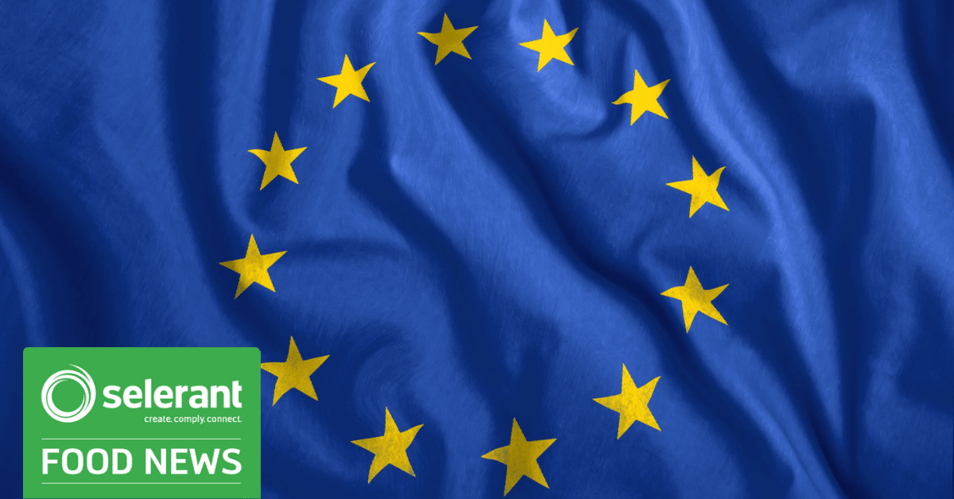
- Home
- PLM & Compliance Blog
- EFSA Latest Risk Assessment Update on Presence of Nickel in Food and Drinking Water
EFSA Latest Risk Assessment Update on Presence of Nickel in Food and Drinking Water
|
Contaminants & Pesticides
Posted By:
Trace One

On November 05, 2020, the European Commission requested to update its previous opinion on the “Risk assessment of Nickel in Food and Drinking water”, in accordance with European Food Safety Authority (EFSA).
Based on the newly collected scientific information and data analysis, below are the key highlights from the study:
- > 47,000 analytical results on the occurrence of nickel were used for calculating chronic and acute dietary exposure.
- An increased incidence of post‐implantation loss in rats was identified as the critical effect for the risk characterization of chronic oral exposure.
- Eczematous flare‐up reactions in the skin elicited in nickel‐sensitized humans, a condition known as systemic contact dermatitis, was identified as the critical effect for the risk characterization of acute oral exposure.
- Lower bound (LB)/upper bound (UB) chronic dietary exposure to nickel across the different dietary surveys and age classes ranged from 1.57/1.89 μg/kg bw per day in elderly to 12.5/14.6 μg/kg bw per day in toddlers.
- The acute dietary exposure to nickel from consumption of a small bottle of water (500 mL) containing a high concentration of nickel was estimated to be 0.04 μg/kg bw from tap water and 0.08 μg/kg from bottled water.
- The MOE values for an acute scenario regarding the consumption of a glass of water on an empty stomach do not raise a health concern.
- The food category, ‘grains and grain‐based products’ was the most important contributor to the mean LB chronic dietary exposure to nickel in all age classes.
- Beans, coffee, ready‐to‐eat soups, chocolate and breakfast cereals were the most relevant food categories in most of the surveys.
The scientific opinions recommended to perform new studies with a large number of Nickel Sensitized individuals and also on the potential presence of Nickel nanoparticles in Food and Drinking water is required.
Check out the complete article on our Food News Monitoring System!